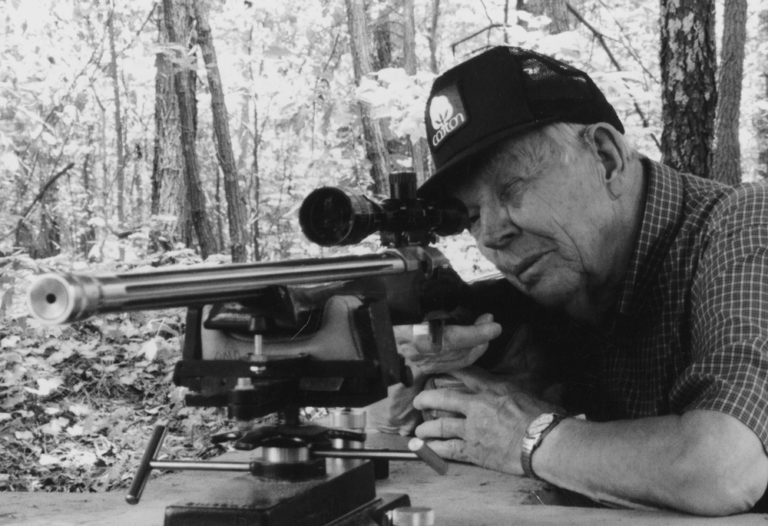
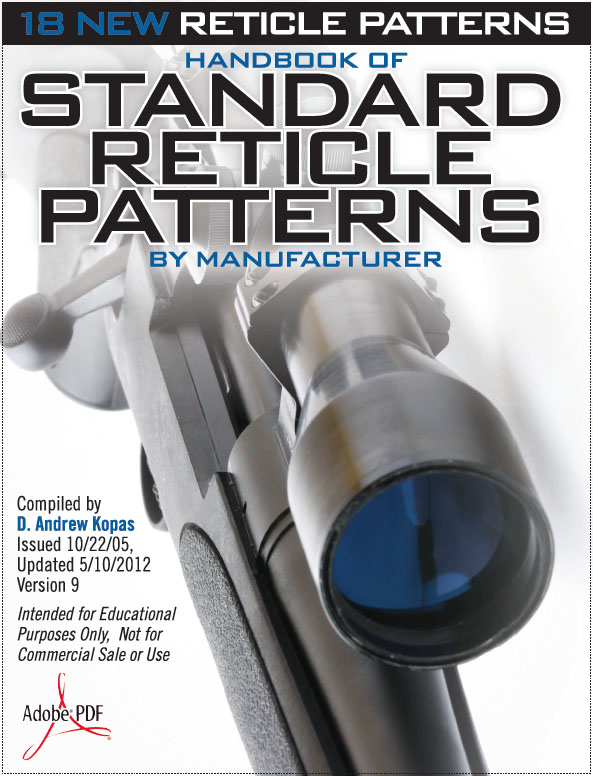 Exclusive for Gun Broker newsletter subscribers! Enter your e-mail in the box below for a free digital book of reticle patterns. You'll also receive e-newsletters from Gun Digest and partners full of more great information.
Exclusive for Gun Broker newsletter subscribers! Enter your e-mail in the box below for a free digital book of reticle patterns. You'll also receive e-newsletters from Gun Digest and partners full of more great information.
[form id=”196707″]
Here's a useful way to determine the accuracy of your rimfire .22 under field conditions.
Ed Matunas, writing on accuracy, takes to the field for a practical look at this subject. The field is the realm of exterior ballistics where wind, temperature, and light conditions make a world of difference along with firearm mechanics and shooter errors.
The machine-rest in the tunnel is not bothered by a lousy trigger pull, poor sights, a badly fitting stock or a shaky rest on a tree limb.
Matunas stresses Schiffelbein’s point of the need for adequate practice firing, stating: “Having fired countless tens of thousands of groups during more than forty-five years of extensive shooting has proven that a few groups can, in fact, be very misleading.”
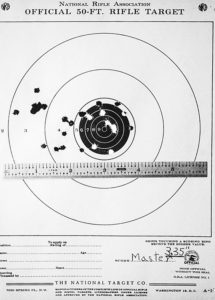
Matunas proposes the use of a target overlay system at a distance commonly fired. He uses 100 yards. Depending on the quality of your rimfire rifle, you may wish to use 75 or 50 yards. The preferable distance is the one you use, or wish to use for hunting or target shooting. After selecting your load/ammunition for testing, precisely overlay two commercial, printed targets.
Shooting should be done at the pace normally used in the field or at a match. If you wish, 10-shot groups may be used. Fire your group. Next, overlay a new target on the first in precise alignment. After the barrel has cooled, fire a second group. Mark the bottom “master target” and preserve all. Testing is over for the day.
On another day, bring back the “master target,” overlay a new target and fire one group. Preserve both. Repeat this operation on different days until at least 25 shots have been fired. The greater the number of test-fires the more reliable your data. More data is always better. Fire at different times of day with varying light, breeze, humidity and so on to cover the variety of conditions under which you will shoot. Mark each new target with time of day and other relevant data. Save everything.
When you finish you will have in your master target a composite group of at least five, five-shot groups from different days under “field” conditions.
This will give you a good idea of what to expect from a particular rifle and ammunition with your original sight setting. Individual targets reveal shifts of groups over the point of original impact. These may be caused by humidity warping a stock, lighting conditions affecting aim (most common with iron sights), or temperature variations.
On the issue of barrel cleaning, Matunas recommends doing or not doing what you would do under your normal shooting conditions. On the first shot from a cool barrel, that shot may strike higher. You may mark it on your individual targets. Check for average differences if they exist.
This is an excerpt from the Gun Digest Book of the .22 Rifle.
Recommended Rimfire Rifle and Pistol Resources

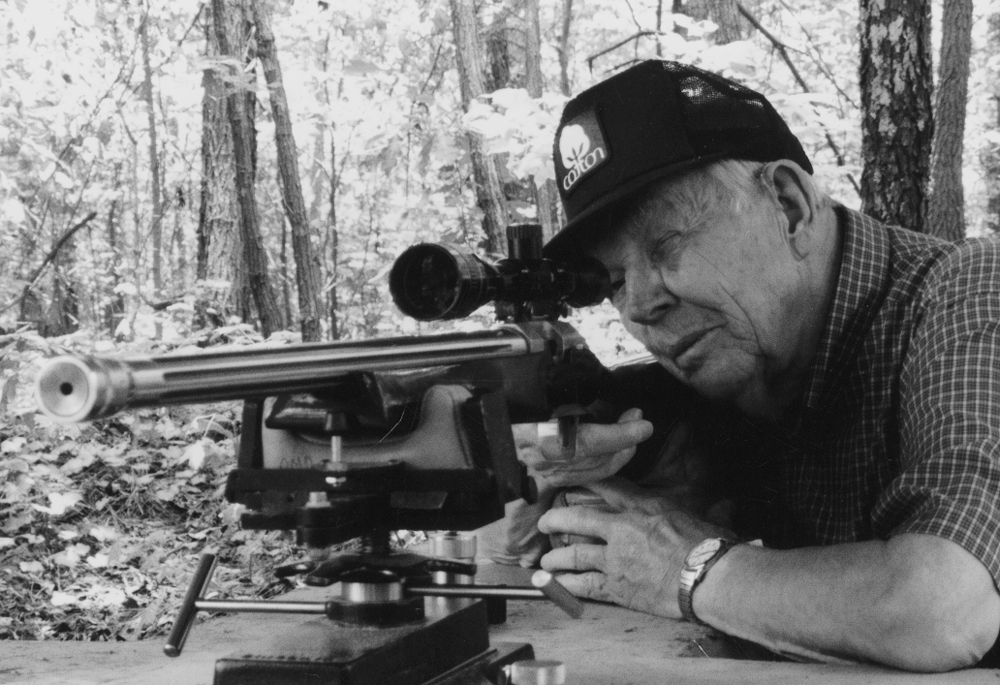
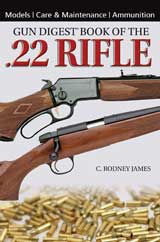
![Best Concealed Carry Guns In 2025 [Field Tested] Wilson Combat EDC X9S 1](https://gundigest.com/wp-content/uploads/Wilson-Combat-EDC-X9S-1-324x160.jpg)


![Best 9mm Carbine: Affordable PCCs [Tested] Ruger Carbine Shooting](https://gundigest.com/wp-content/uploads/Ruger-Carbine-Shooting-100x70.jpg)
![Best AR-15: Top Options Available Today [Field Tested] Harrington and Richardson PSA XM177E2 feature](https://gundigest.com/wp-content/uploads/Harrington-and-Richardson-PSA-XM177E2-feature-100x70.jpg)

People in most cases are not interested in accuracy under field conditions, in fact it is quite the opposite. They are interested in the rifle and ammunitions accuracy under ideal conditions.
When testing .22 rifles whether it is for hunting or in most cases for competition people want to do it in an inside shooting range. This type of range is very scarce as compared to outside ranges. Outside ranges are quite useless for testing .22 rifles or even center fire rifles for inherent accuracy. Too many variables come into play. I know of no ammunition companies or barrel making companies that test their products for extreme accuracy outdoors.
Assuming one is lucky enough to have access to an indoor range one must be aware that fatigue and mental condition play a big role in the results of testing. Spend too much time and your groups will expand through fatigue. Spend to little time and you do not get “settled in” before your shooting gets comfortable for you.
Metal alertness plays a significant role.. Shooting while stressed out will destroy the ability to concentrate only on your shooting.
Shooting early in the morning and also when you are well rested is also highly recommended.
Field condition shooting will improve only your stamina, muscle control, hand eye coordination and comfort in field positions such as standing, sitting or prone which is desirable. It is not to be used to test the accuracy of your rifle. Such things as wind, mirage, heat, intensity of light etc. all serve to completely cloud the issue of inherent rifle accuracy and the type of ammunitions used. You will become a better shooter by the use of practice under field conditions but it will tell you little of your rifle and ammo’s potential accuracy because the variables and “the odds” like in gambling are always against you getting any provable results.